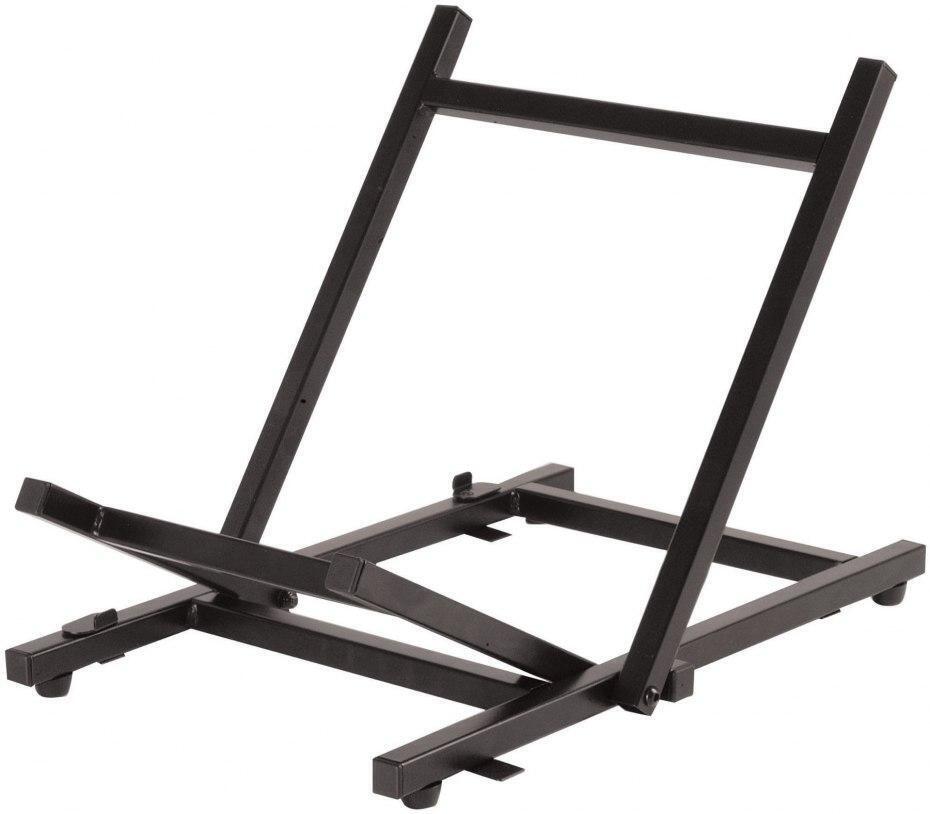I have a DG30 had and cab, and here are a few things to think about:
First, I don't get tube rattle like Boogie with the DG cab and DG30 head. I do get it with other amps, but not when they're on the DG cab with its ported back, so maybe the ports help the enclosure vibrate a little less.
Second, the cab projects very well even standing straight up.
However - there's always a however - I often separate the head and cab, and use an Isoacoustics stand that decouples the cab from the floor, and tilts it back a little. And I stick that, in turn, on an Auralex Great Gramma to further decouple the cab from structure-borne vibrations.
Why not just use tilt-back legs? There's actually a simple answer - they don't do all that much.
While tilting the cab back on legs old-school does at least point the speakers in the direction of your ears, it does absolutely nothing to decouple the cab from vibrating the crap out of your building, and it does very little to raise the cab high enough to avoid causing Quarter-Space bass reinforcement.
So tilting back does very little, actually. It's a slight improvement, more of a gesture in the direction of acknowledging acoustical issues, than a real solution. You'd actually do a heck of a lot better simply putting the cab on a chair.
Here's a shot of my 1x12 PRS cab on the Isoacoustics riser - it is slightly tilted; the tilt can he adjusted. There's a RealTraps gobo behind the cab:

The DG cab and head on an Auralex Great Gramma, there's an ASC Tube Trap in the corner to absorb excess low end. The Great Gramma helps with structure-borne vibration and gets things a couple of inches off the floor. It's much more effective than tilt back legs (which of course I had back in the 60s on my Fender amps):






